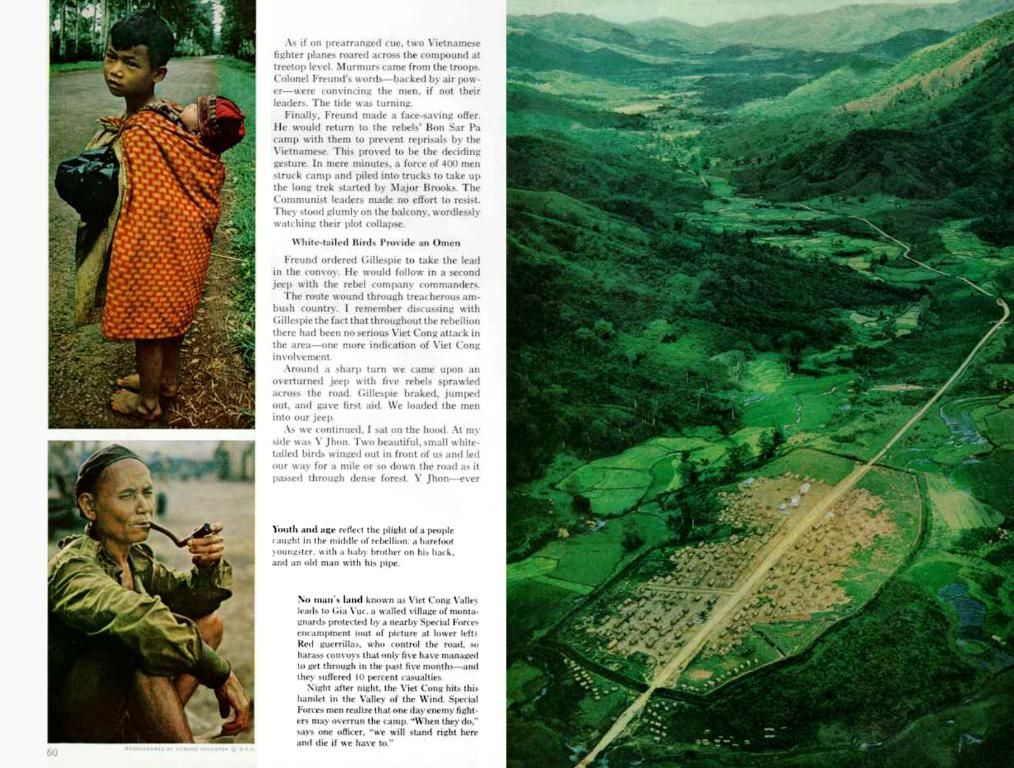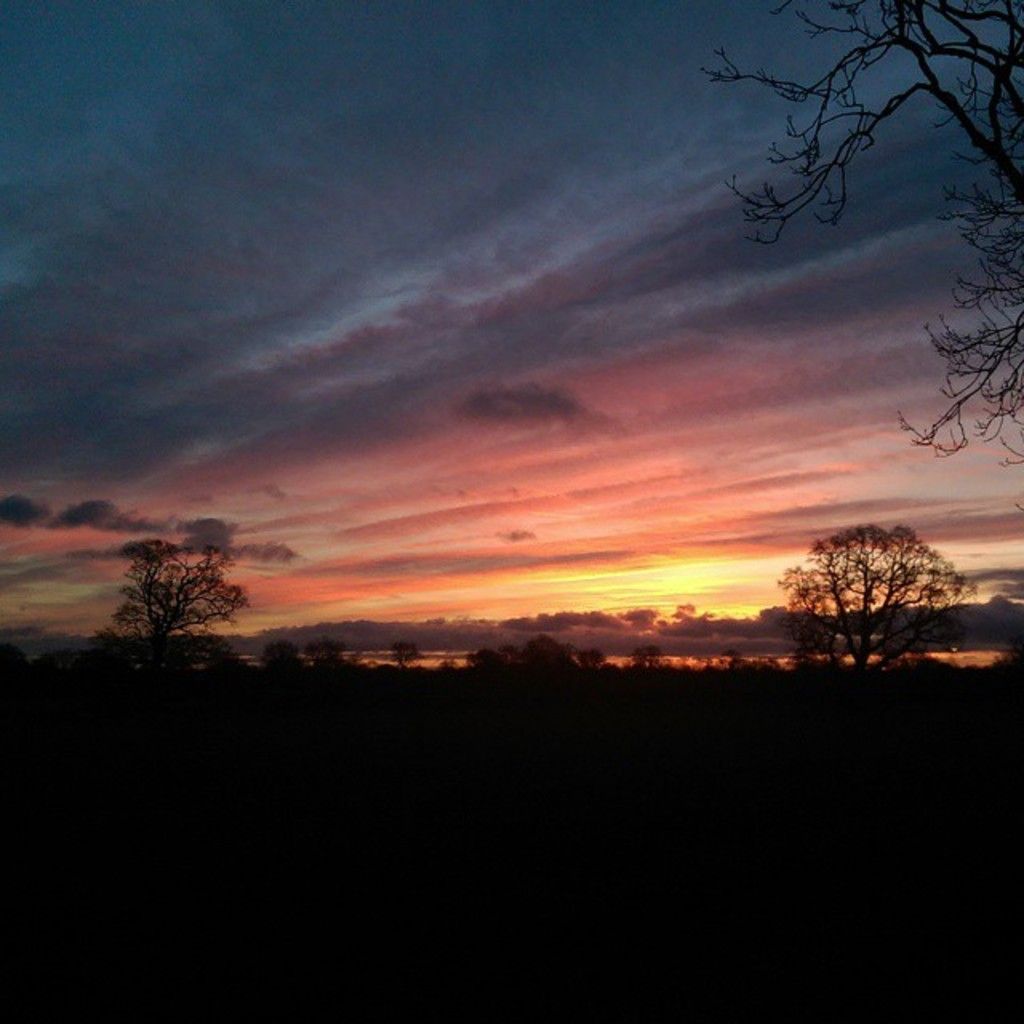Partnership between Cellcom and Website for Environmental Surveillance and Sustainability Tracking
Hangin' out in the north east corner of Wisconsin, Green Bay boasts a rich history as the state's oldest settlement and sits at the confluence of the mighty Fox River. This thriving hub once attracted enterprising pioneers who recognized the area's immense potential, using its extensive waterways to foster the town's prosperity. Bejeweled with an embarrassment of natural resources, Green Bay forms part of the world's largest freshwater system, making its water quality paramount for both local inhabitants and aquatic life.
In a bid to safeguard this precious resource, UW-Green Bay teams up with Cellcom to keep tabs on the health of local waterways. By uniting academic and technological know-how, they aim to gain insights on the effects of low oxygen levels and water clarity on the region's freshwater ecosystem.
The Lowdown on Dead Zones
The shallow depths of Green Bay (around 30 feet on average) make it particularly susceptible to low oxygen levels, a condition colloquially known as dead zones. When farms and cities discharge excess nutrients into water bodies, they enable unwanted algal blooms to flourish. As these algae decompose, they deplete the water's oxygen, creating environments lethal for fish and other aquatic life.
Clarity is Key
Water clarity can serve as a measure of water quality, revealing how transparent the water is in lakes, rivers, or any other waterbody. Poor water clarity may hinder light penetration to aquatic plants and suffocate various aquatic organisms. If water clarity is poor, it likely contains contaminants like lead, mercury, and bacteria. Beyond decreasing fish populations, poor water clarity can trigger overall health decline among various aquatic species in the food chain.
Fighting the Good Fight
To closely monitor the conditions in Green Bay and the Lower Fox River, UW-Green Bay researchers will be deploying buoy platforms outfitted with LoRaWAN sensors. These sensors will measure parameters such as temperature, dissolved oxygen, chlorophyll, turbidity, specific conductance, and pH. Researchers will use both commercial and DIY sensors to keep costs down while maintaining accuracy. By employing LoRaWAN technology, they can capitalize on its long-range capabilities, lower power consumption, and immediate, continuous data transmission.
Using rugged gateways like the KONA Mega Gateway, data will be transmitted from the buoys to nearby servers, which then analyze the data to identify trends and anomalies in water quality. With this information, authorities can take swift action to address pollutants, revise policies, and drive environmental conservation efforts forward.
Joining Forces for a Greener Tomorrow
Real-time data collected helps a wide range of end users make informed decisions about water conservation and protection. Predictive models will also forecast future conditions, allowing us to take proactive steps to manage, restore, and preserve Green Bay's vulnerable freshwater resources.
Want to learn more about UW-Green Bay's research initiatives? Check out https://www.uwgb.edu/. Curious about Cellcom, a subsidiary of Nsight? Visit https://www.cellcom.com/. Keen to explore our website's complete End-to-End IoT solutions? Visit https://our website/ or reach out to info@our website. Let's rally together to protect our precious waterways!
- UW-Green Bay partners with Cellcom to install LoRaWAN sensors on buoy platforms in Green Bay and the Lower Fox River, aiming to gather data on water quality parameters such as temperature, dissolved oxygen, chlorophyll, turbidity, specific conductance, and pH.
- By deploying these sensors, researchers intend to assess the effects of low oxygen levels and water clarity on the local freshwater ecosystem, as well as to monitor the health of the waterways and address potential pollutants.
- The data collected from these sensors will be transmitted through rugged gateways like the KONA Mega Gateway to nearby servers where it will be analyzed to identify trends, anomalies, and predict future conditions to facilitate proactive water conservation and protection measures.
- This collaboration combines academic and technological expertise to contribute to sustainable living, environmental science, data and cloud computing, and home and garden practices while protecting the precious freshwater resources of Green Bay and advocating for climate change mitigation.
- Technology plays a significant role in the endeavor to safeguard natural resources like the waters of Green Bay, as innovations in IoT, sensor development, and data analytics foster collaborations between academic institutions, private enterprises, and enthusiastic citizens in the pursuit of a greener tomorrow.




